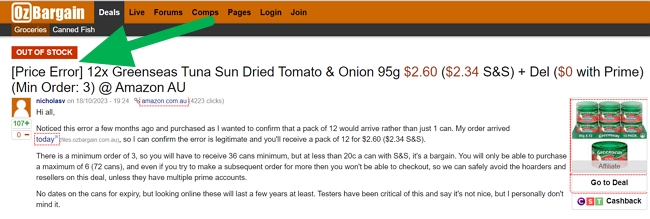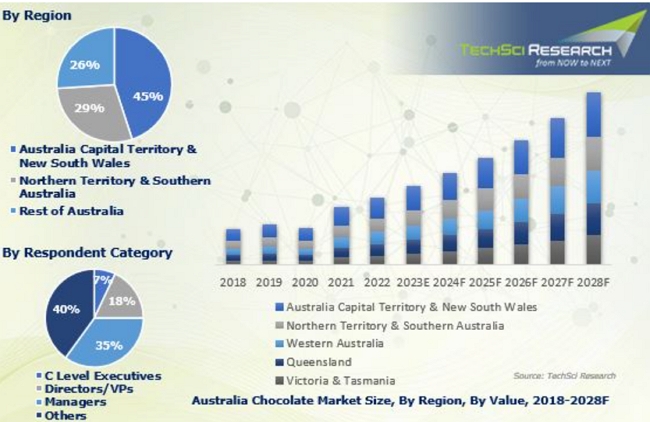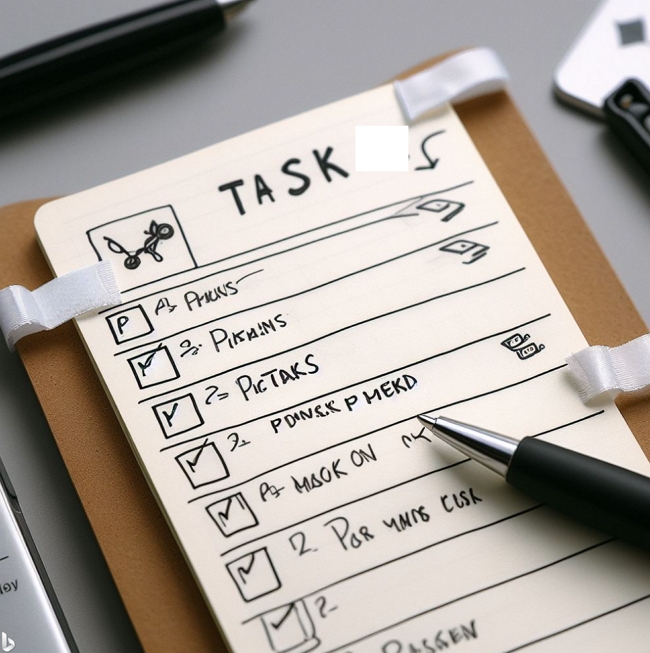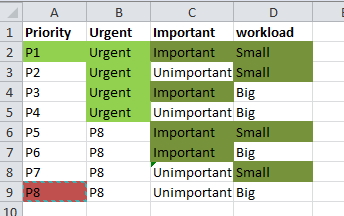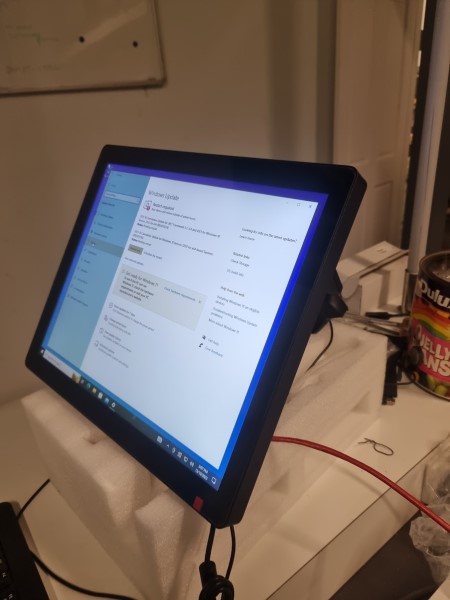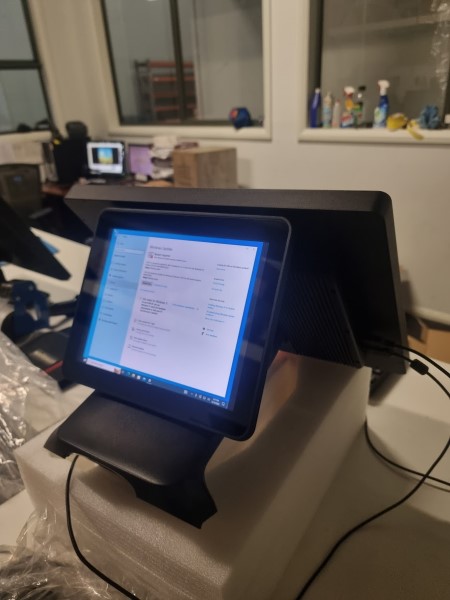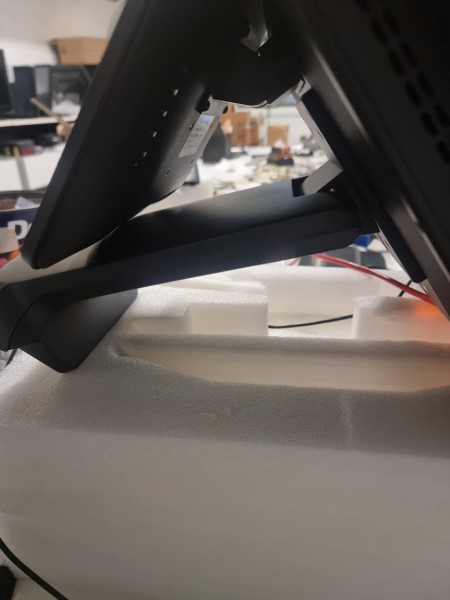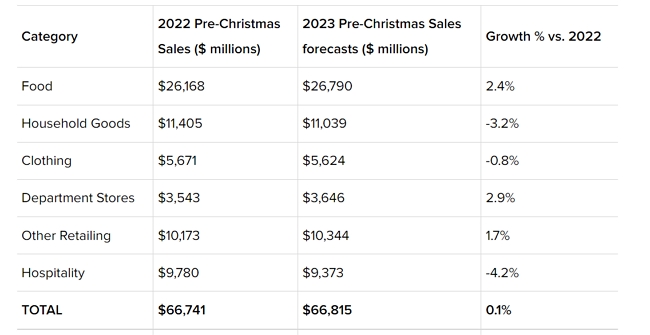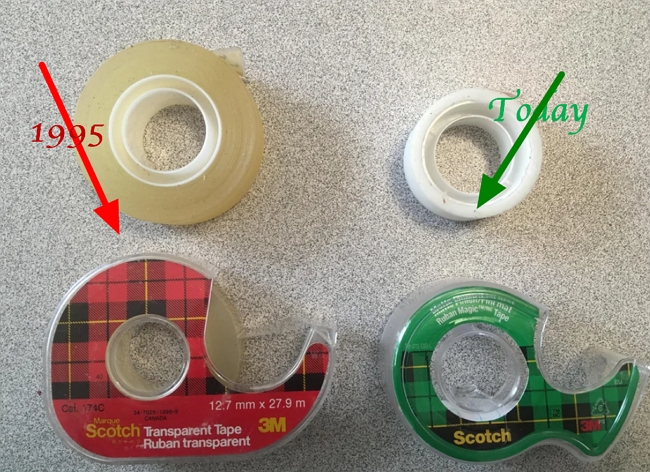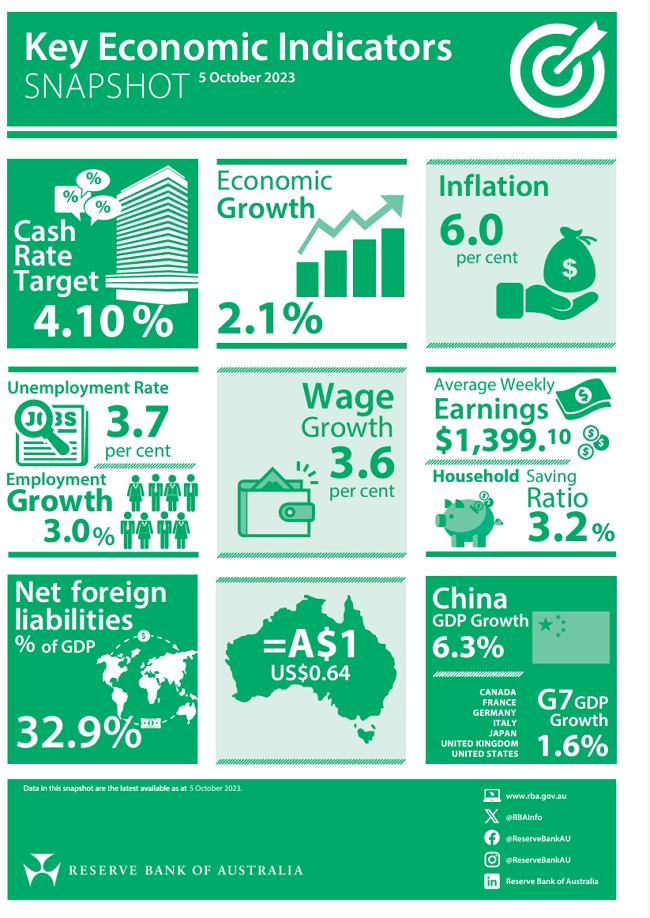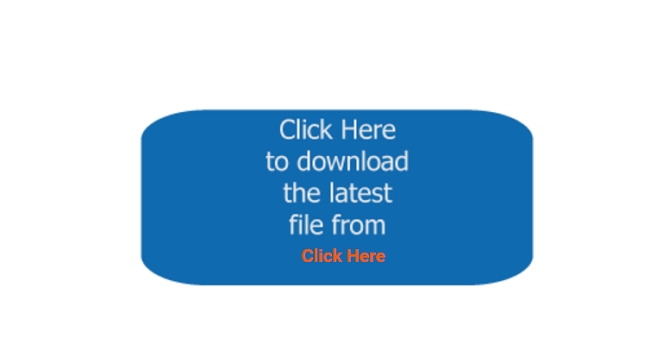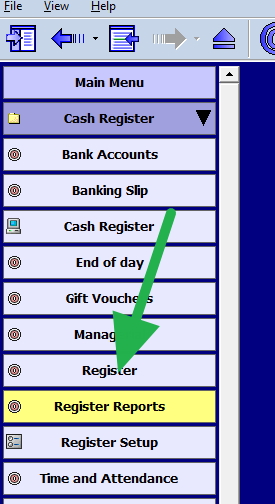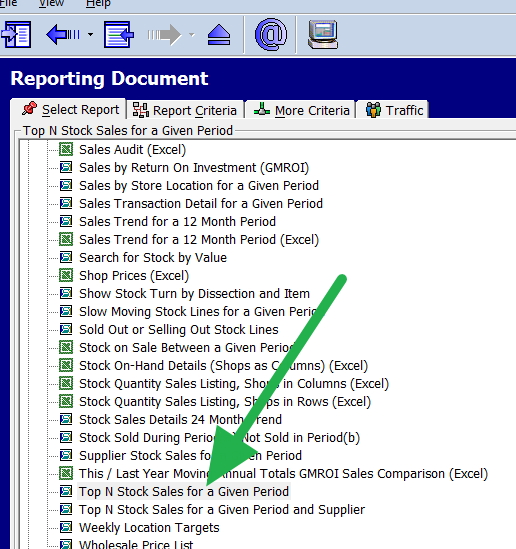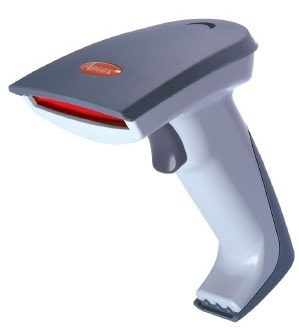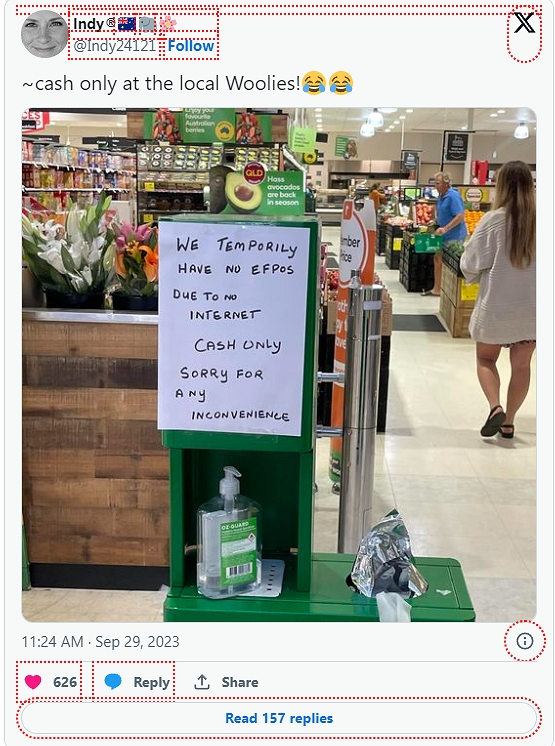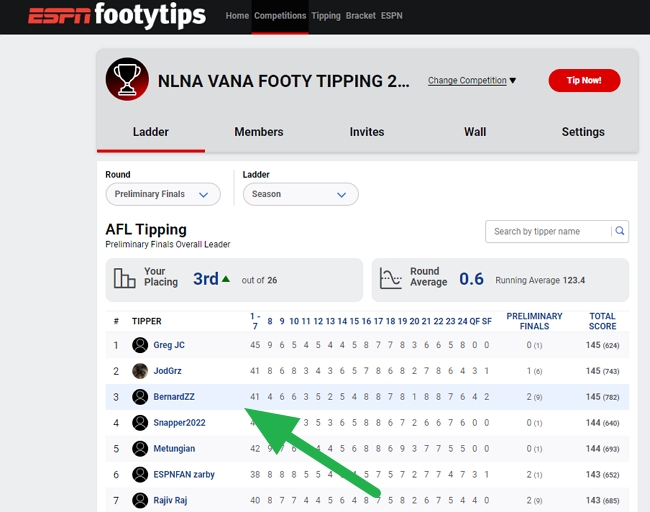In-Depth Analysis to Help Your Business Grow

I was surprised to learn from a recent survey of Australian newsagents that fewer than half used the reports available in their point-of-sale systems, potentially costing them revenue. Running a small retail business is hard. You face rising costs, online competition, and slim margins. To succeed today, retailers need to use data to make smart choices.
A good computer system used adequately for information is said to be worth to the business 1%; if you want to see what that translates to the business, check out these figures I did for a hairdresser in a previous post here.
The figures were based on an ATO benchmark study
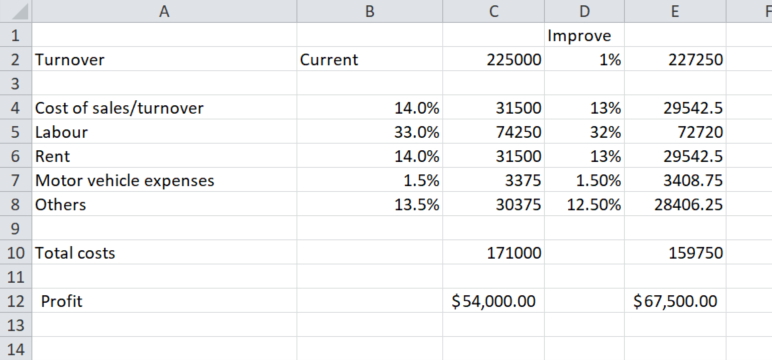
Bottom line: This business could get a 25% increase in profit with just a 1% improvement. That is pretty impressive.
And with our POS Software, you have the tool to do this sort of analysis free. Now, why are not many of our clients not doing this?
Know what products sell and when
Do you know your top 10 sellers but unit sales and profit?
Do you know what sold last year about now in your shop?
Do you know your most profitable product lines?
The computer does, and if you ask it, it will tell you.
Inventory
Identify Dead Stock
Slow-moving products tie up money and space. Sales pinpoint your "dead stock" for examination.
Forecast Needs
Use our advanced AI models to estimate future demand based on past sales, events, promotions, and other factors. This helps ensure adequate stock levels without excess inventory reducing stockouts while maintaining lean inventories.
Focus on Top Suppliers
Use the computer to identify your most profitable suppliers. See what is working and what does not work. This maximizes sales and profits.
Know Your Customers Better
Today's retailers' computers do collect lots of customer data:
-
Purchase history from POS systems
-
If you run a loyalty program, profiles and shopping habits
These analytics help turn your customer data into valuable insights for better decisions.
Harness the Power of Price
We have reports that can identify your price points. This allows you to find out what sort of items sell in your shop to make optimal price points to maximize revenue and margins.
Refine Promotions
You can study how previous promotions worked in your shop. This avoids margin-busting promotions.
Personalize Messages
Powerful analytics delivers individualized content across channels based on interests, preferences, and intent.
Improve Delivery Efficiency
The POS System has a very effective delivery system for faster and more accurate routing.
Strategically Grow Your Business with POS Solutions
Our point-of-sale (POS) system is a strategic solution for growing your business. It provides invaluable insights through powerful data analytics, robust inventory control, customer relationship-building capabilities, and integrated employee management tools.
Gain Valuable Business Insights
Real-time sales reports give visibility into top items, busiest times, and buyer habits. Use this data to make smart inventory, pricing, and marketing decisions that boost profits.
Manage Inventory with Ease
Track stock levels, set automatic reorders, and receive alerts about low items. Avoid stockouts and overstocking by keeping the right products in stock for customers.
Build Loyal Customer Relationships
Capture customer profiles, transaction histories, and preferences to deliver personalized service. Nurture loyalty through targeted campaigns that increase repeat visits.
Optimize Employee Performance
Schedule shifts, monitor hours worked, and evaluate sales performance with built-in tools. Right-size staffing and recognize top performers to maximize productivity.
Unify Online and In-Store Operations
Connect seamlessly to major e-commerce platforms for centralized inventory and order management across channels. Simplify operations and gain a cohesive view of multichannel sales.
The Data-Driven Path to Growth
Today's complex retail environment demands more than instinct and experience. Advanced analytics decodes market trends, optimizes operations, and maximizes results. With data providing timely, actionable insights, small retailers can make strategic decisions with confidence.
The possibilities are endless, but retailers should start by identifying key problem areas and challenges. Next, explore potential analytics solutions and build a business case. With executive support, implement a few targeted applications first, then expand over time.
A strong data foundation is crucial. Combining analytics experts with retail veterans enables impactful business insights. Continual innovation and openness to new techniques keep retailers ahead.
The right strategy and technology provide an enduring competitive advantage. Analytics unlocks scalable growth unbound by human limitations. When embedded across operations, small retailers can compete at the highest levels. The future of retail success is quantitative. Facts and data lead the way.
Please start your data-driven journey today.




